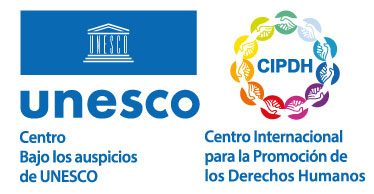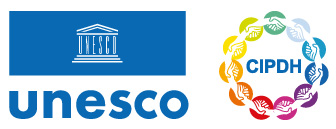The project #MemoriasSituadas is introduced here. It is organized in the following sections
#MemoriasSituadas is an interactive map that is constantly being updated, covering different places of memory, artistic works and tangible and intangible heritage related to serious human rights violations around the world.
With this proposal, the CIPDH-UNESCO aims to visibilize how different communities deal with their traumatic pasts, showing diversities, singularities and similarities in the way they “make memory” and make history known to new generations.
#MemoriasSituadas presents a first set of places of memory and tangible and intangible heritage chosen according to typologies and themes. The project is in continuous development and aims to progressively add entries that meet the attributes detailed in the “This project” section: new content will be added over time and relevant updates will be made to the files already published.
The information presented on each place of memory is the product of research work based on the compilation of information published in various media and supports, both material and virtual. The inclusion of a site or place of memory on this map does not constitute a political stand of the CIPDH-UNESCO with respect to that site, heritage property or historical event.
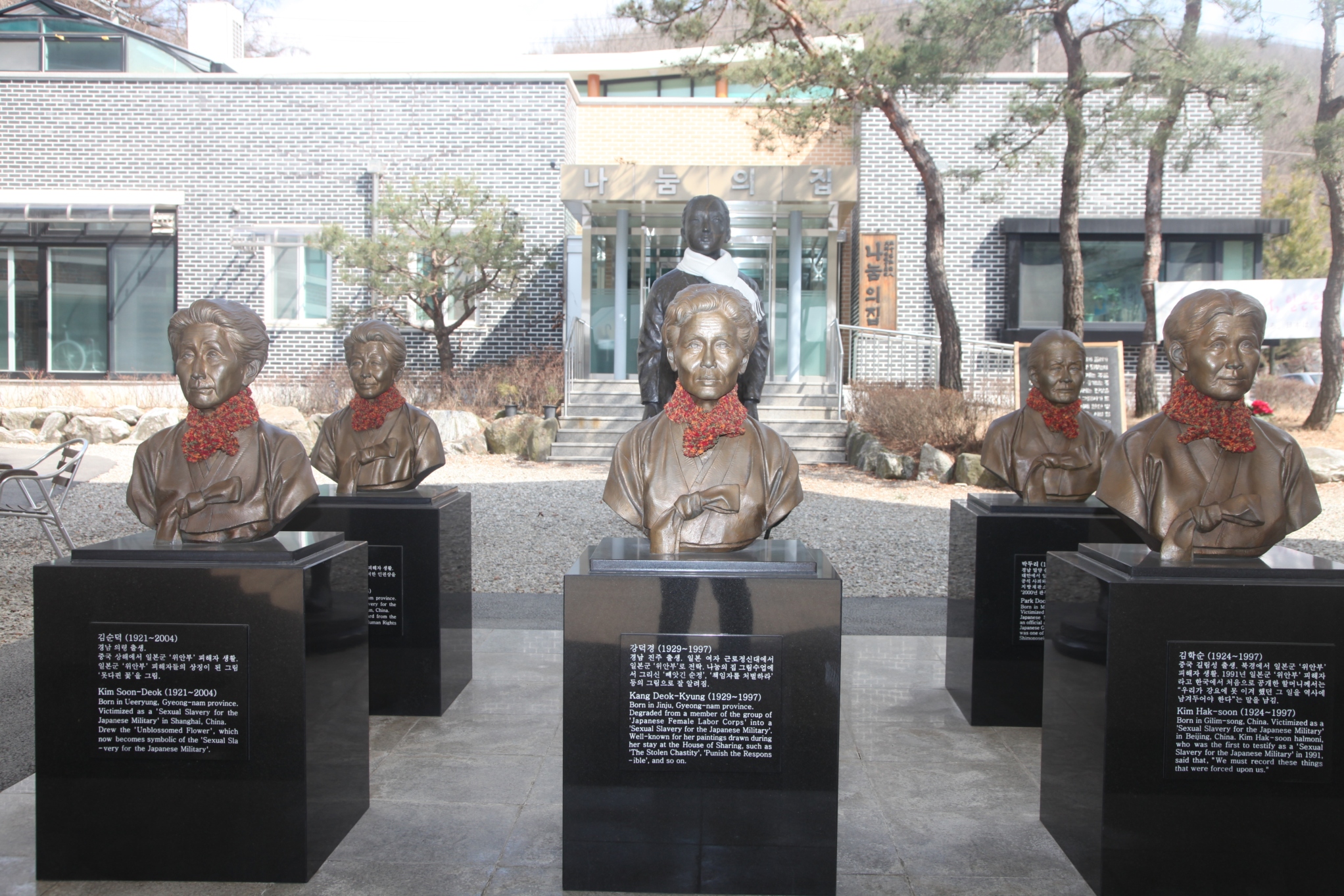
A Map for Memory
The 20th century left a sad repertoire of serious human rights violations committed in the form of massacres and genocides all around the world. Many of these serious abuses to human dignity were committed in a warlike context, others under the rule of authoritarian regimes. Ethnic groups, religious groups and political opponents found death in the form of subjection and extermination that in many cases find an undeniable and brutal antecedent in the colonial slave system.
Some of these serious violations become part of the universal collective memory and find “shelter” in study programs, museums or a wide range of cultural productions; others, not a few, have fallen into oblivion o are only remembered by the communities directly affected by the impact of such pain, communities or small groups of survivors who often carry on their backs the hard work of remembrance in adverse contexts, facing the generalized indifference or the obstinate denial of what has happened.
The effort to keep a record of what happened, to keep the memory of pain alive and for its message to transcend the present and reach future generations, the ones that did not witness the events, is powerfully expressed through the so-called “sites of memory”. Museums, archives, monuments, rituals, songs, celebrations, make up, among many others, that wide and diverse spectrum of human creations aimed at keeping as well as conveying the memory. Devices that, as Pierre Nora teaches us, “are born and live from the feeling that there is no spontaneous memory” and from the clear conscience “that if the memories they keep were truly lived, they would be worthless.”
The Sites of Memory are part of the tangible and intangible heritage of communities. They are constructions where it is possible to see, when attentively observed, not only the creativity and singularity of the ways chosen to address the mourning for what was violently taken away, but also the tensions between memory and oblivion that go through the fabric of those societies, what is feared to forget, what is promised to remember.
The International Center for the Promotion of Human Rights (CIPDH-UNESCO) has undertaken to collect these Sites of Memory associated to serious human rights violations spread around the wold by building an interactive map, without pretending be exhaustive, to highlight the meaning and importance of these sites for groups or communities that have created or promoted them.
This project also aims to compare different memorialization processes, contributing in turn to raise awareness about the importance of protection and dissemination of this unique cultural heritage, in its tangible and intangible dimensions, promoting the knowledge of initiatives while helping to make the different groups, organizations, social movements and state bodies that intervene in their production and conservation visible.
To carry out this task, the CIPDH-UNESCO has convened an Advisory Council integrated by specialists from different fields, in charge of selecting, according to previously established themes and criteria, the sites to be included in the map.
The construction of this Map should be understood as a platform under permanent construction, that periodically will be adding new sites until achieving an Atlas that is as inclusive as possible; thus, failure to include a site of memory would not at all mean that it is not recognized for its historical, political or cultural relevance.
Advisory Council 2017-2020
“The Sites of Memory are part of the tangible and intangible heritage of communities.”
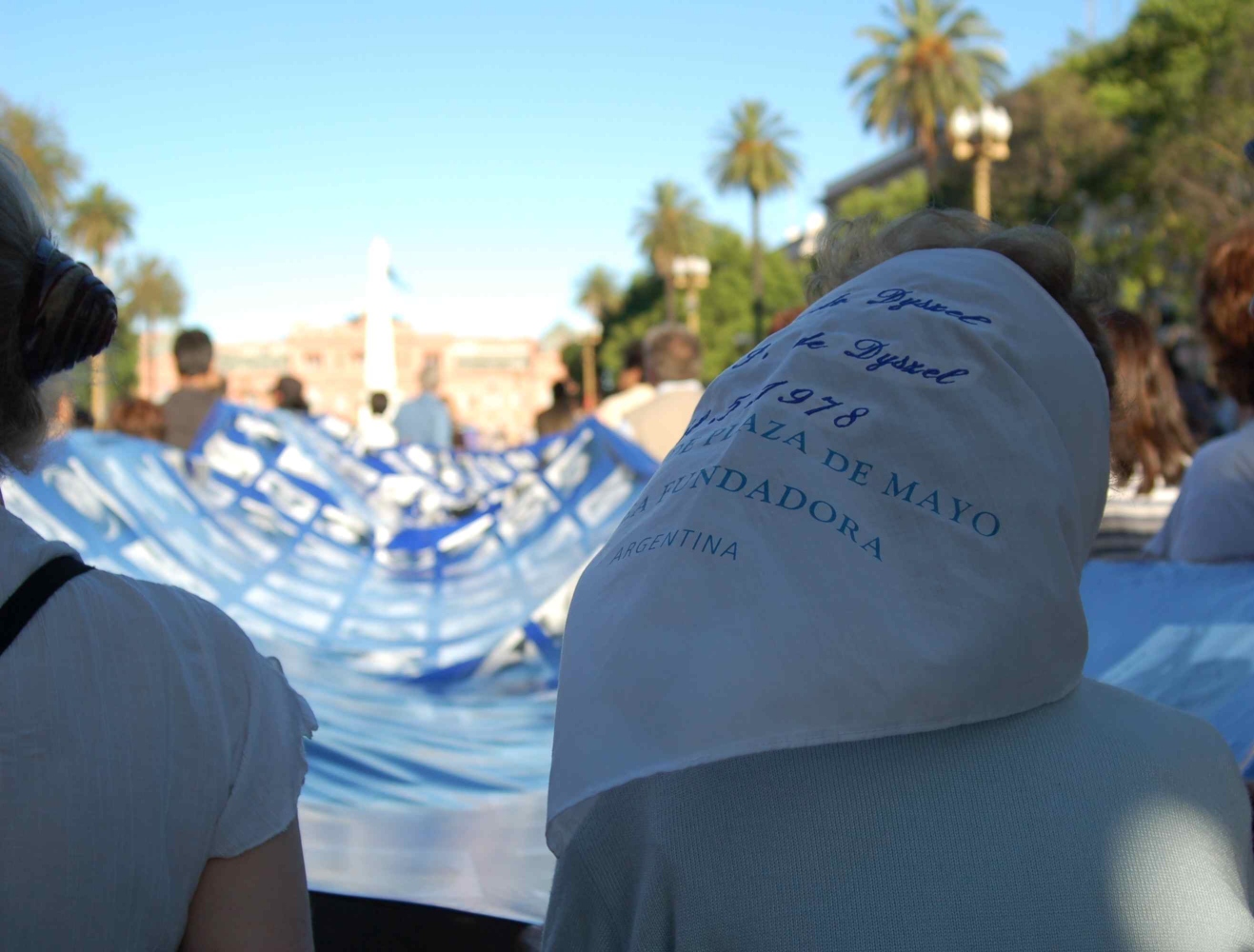
The serious human rights violations
The characterization of serious human rights violations arises from the international need to establish responsibilities after periods of violence and/or conflicts characterized by crimes committed by or with the acquiescence of the state system against the population, where the fundamental rights were violated.
The term was first used in Resolution 1235 (XLII) of the United Nations Economic and Social Council, dated 6 June 1967, without providing a rigorous definition but identifying certain behaviors that would determine it.
In 2001, the United Nations General Assembly issued Resolution A/RES/56/83, drafted by the International Law Commission in relation to the “Responsibility of States for Internationally Wrongful Acts”, whose Article 40 sets forth that a breach of such an obligation is serious if it involves a gross or systematic failure, by the responsible State, to fulfil an obligation arising under a peremptory norm of
international human rights law.
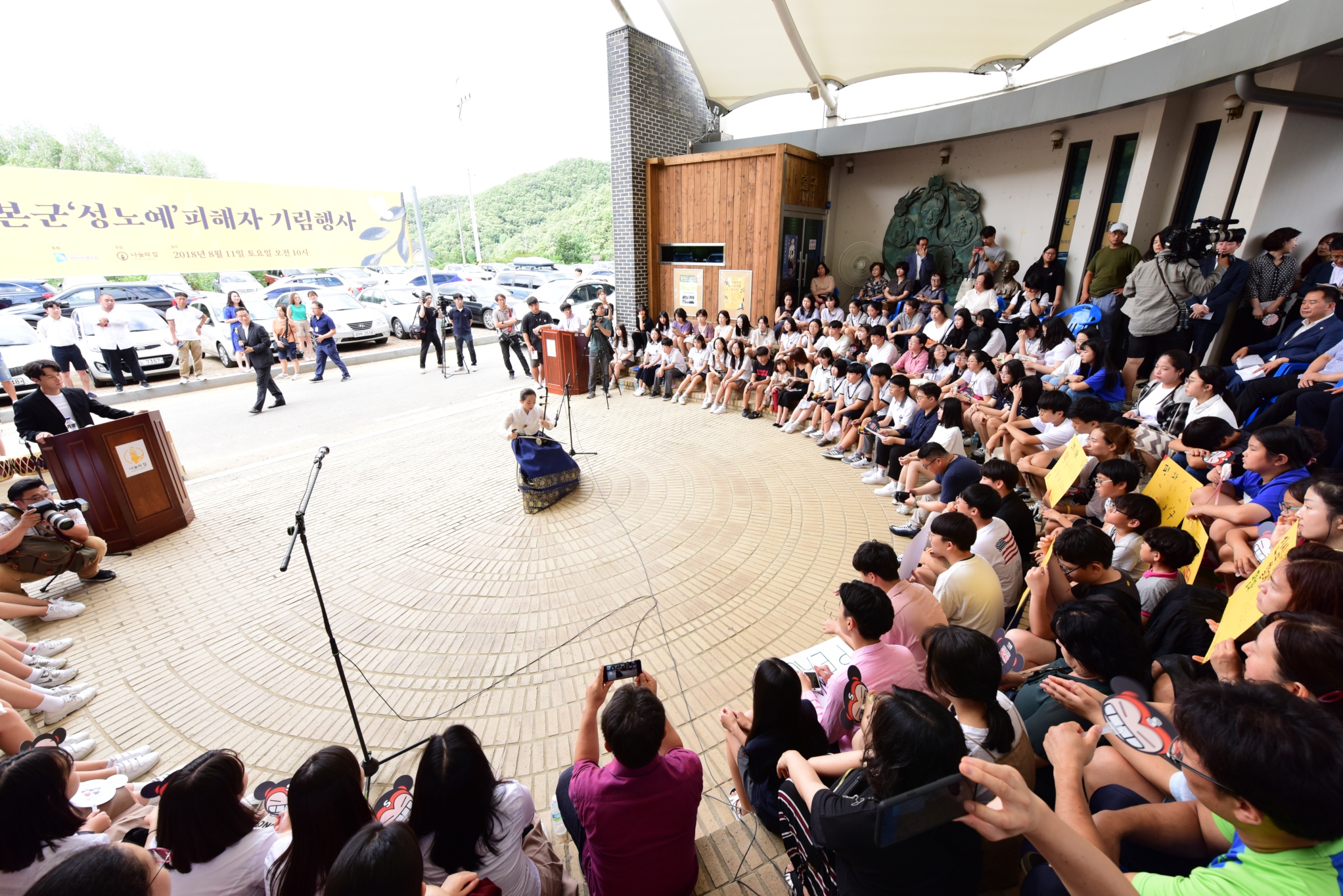
Typologies
Initiatives related to memory boost multiple meanings and representations in the community involved, which is why they do not belong exclusively to one category. There is a wide variety and there are multiple combinations of Sites of Memory linked to serious human rights violations and recognized by a group, a community and/or a State that pursues a claim. We have elaborated a classification in order to facilitate the consultation and assigned each Site a main typology and, if applicable, more than one.
The project will focus on the following:
Archive
An archive is a set of documents, in any format or support, that have been produced in an organized way and/or assembled by a person, family or public or private entity in the exercise of its activity and kept by its creators or successors for their own needs, or given to a competent archive institution based on its archival value.
Intangible
The immaterial or intangible cultural heritage refers to customs, knowledge, rituals, traditions, music, dances, handicraft techniques, expressions, practices, uses, representations and expressions that make up the identity of a community.
Monument
A monument is an architectural or sculptural creation, usually large, that honors a memorable person or event and that acquires cultural significance over time.
Museum
A museum is a permanent institution at the service of society and its development, open to the public, that acquires, preserves, studies, disseminates and exhibits the tangible and intangible heritage related to science and art or culturally important objects for the development of human knowledge for the purposes of education, study and reflection.
Artistic heritage
Different material artistic expressions, whether pieces, works, installations, images and/or events, among others, together with the immaterial ones, make up the ways in which the cultural heritage of a people or nation traverses and gives meaning to both historical and contemporary events. These expressive forms and contents are often also cultural ways of dealing with traumatic pasts or presents and keeping them alive for the community.
Site
A site is a space of memory that has traces of terrible past events and that allows linking history with the present through pedagogical actions, dissemination and cultural activities.
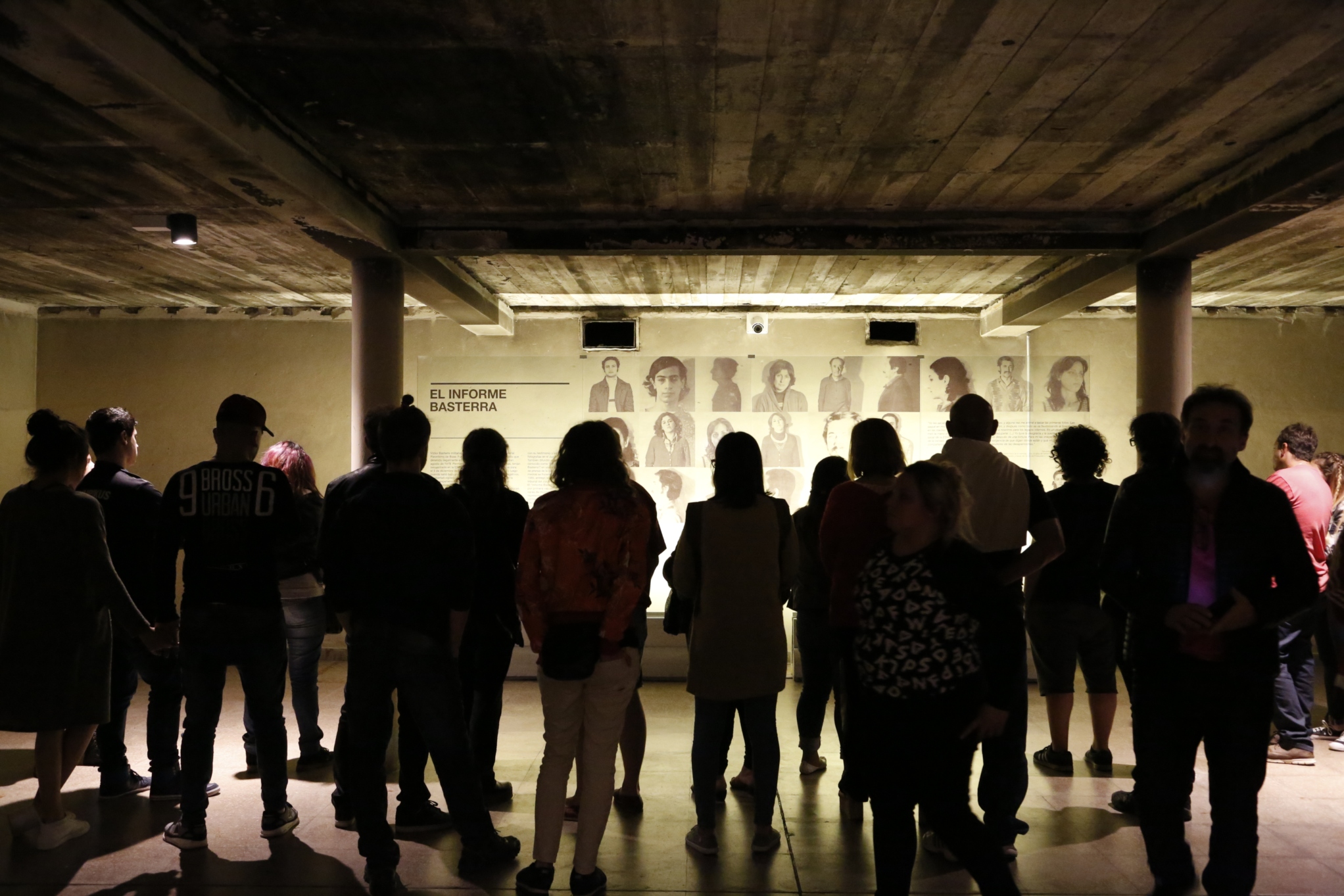
Themes
Serious human rights violations have been classified in four categories of themes. Those themes relate to the definitions that international human rights law suggests based on existing cases, but also take contributions from social sciences as they do not respond exclusively to cases that have been dealt with in court. In order to make the consultation of the map easier, we have arranged for each Site of Memory to respond to a single theme.
Slavery
The 1926 Slavery Convention defines slavery as “the state or condition of an individual in relation to which the attributes of property rights or some of them are exercised.” This concept was broadened in 1956 by the Supplementary Convention on the Abolition of Slavery, the Slave Trade, and Institutions and Practices Similar to Slavery. Based on a modern approach, slavery and similar practices are defined by institutions and/or customs where there are control and property elements to which victims of slavery are subjected by another human being usually by means of threat. These include some degree of restriction to freedom of movement and/or on personal belongings. The UN Protocol to Prevent, Suppress and Punish Trafficking in Persons, especially Women and Children defines trafficking in persons as “the recruitment, transportation, transfer, harboring or receipt of persons, by means of the threat or use of force or other forms of coercion, of abduction, of fraud, of deception, of the abuse of power or of a position of vulnerability or of the giving or receiving of payments or benefits to achieve the consent of a person having control over another person, for the purpose of exploitation. Said exploitation shall include, at a minimum, the exploitation of the prostitution of others or other forms of sexual exploitation, forced labor or services, slavery or practices similar to slavery, servitude or the removal of organs.”
Violence against women, sexual diversities and/or for gender reasons
The Convention on the Elimination of All Forms of Discrimination against Women (CEDAW), adopted in 1979, is the first international instrument referring exclusively to women's rights. In 1992, through Recommendation 19, the CEDAW Committee included as part of the Convention the notion of violence against women as a derivation of the concept of discrimination, on the understanding that violence against women constitutes a form of gender-based discrimination and that discrimination is one of the main causes of such violence.
The Declaration on the Elimination of Violence against Women, adopted in 1993, states that "violence against women constitutes a violation of human rights", defining it as "any act of gender-based violence that results in, or is likely to result in, physical, sexual or psychological harm or suffering to women, including threats of such acts, coercion or arbitrary deprivation of liberty, whether occurring in public or in private life". The law also recognizes that this can be physical, sexual or psychological and committed by the family, the community or by state agents (or with their collaboration).
At the regional level, in 1994 the Inter-American Convention on the Prevention, Punishment and Eradication of Violence Against Women, also known as the "Belem Do Pará Convention" was passed, which expressly recognizes the right of women to live a life free of violence.
In 2003, the Maputo Protocol on the Rights of Women in Africa, annexed to the African Charter on Human and Peoples' Rights, was issued and in 2011 the Council of Europe Convention on preventing and combating violence against women and domestic violence (Istanbul Convention) was passed.
It is worth mentioning that in 2006 the United Nations approved the "Principles on the Application of International Human Rights Law in relation to Sexual Orientation and Gender Identity" (Yogyakarta Principles). This document is not a legally binding instrument, but it establishes legal standards to guide the actions of States and other agents in the prevention and eradication of violence, abuse and systematic discrimination suffered by LGBTI+ people.
Genocide and/or Mass Crimes
Genocide is defined in Article 6 of the Rome Statute and Article 2 of the Convention for the Prevention and Punishment of the Crime of Genocide as “any of the following acts committed with intent to destroy, in whole or in part, a national, ethnical, racial or religious group, as such: a) Killing members of the group; b) Causing serious bodily or mental harm to members of the group; c) Deliberately inflicting on the group conditions of life calculated to bring about its physical destruction in whole or in part; d) Imposing measures intended to prevent births within the group; e) Forcibly transferring children of the group to another group.” Two elements must concur: the physical element (the acts committed) and the mental element (the intent). For genocide to exist, evidence must show that the party committing the act had the intent to physically destroy a national, ethnic, racial or religious group. It must also be proved that victims were attacked deliberately based on the fact that they belonged or were presumed to belong to one of the four groups protected and not based on their individual characteristics. In certain situations, some of these elements appear but they do not constitute a genocide as we know it. Instead, said events are deemed mass crimes. They are used as a tool to spread fear, eliminate the identity of the oppressed group and impose that of the oppressor.
Serious Violations in the Context of Armed Conflicts
Serious offenses committed in the context of armed conflicts are concrete acts (listed in the Geneva Conventions and Protocol I) known as war crimes, a term that applies to both internal and international conflicts. In order to limit its effects, International Humanitarian Law seeks to, on the one hand, limit the right of the Parties in conflict to freely choose methods and means of combat and, on the other, protect the people that do not participate or have stopped participating in hostile acts. War crimes include willful attacks against civilians, pillage, rape, sexual slavery, forced prostitution, forced pregnancy and the use of children under 15 years old for their active participation in hostile acts.
Serious Violations in the Context of Political persecution
This is a state action committed in a systematic way that represses, abuses and subjects individuals or dissident groups to harassment based on the fact that they are considered a threat to existing power relations. Exercising violence also aims to discipline the rest of society, and therefore act as exemplary actions, for the purpose of letting society repress itself in the exercise of liberty. The use of political violence at the service of the elimination of political opponents and the intimidation of the entire population through several repressive mechanisms was a characteristic of dictatorships, totalitarianism and similar regimes that marked the international politics and history of the 20th century.

Characteristics
The sites of memory included in #MemoriasSituadas fulfill at least 2 of the following 3 criteria:
i) They are a testimony of serious human rights violations;
ii) They make serious human rights violations known and contribute to the memory of these events
iii) They are linked to current practices related to memory performed by different actors.
The sites of memory included in this project also fulfill the values of peace and the democratic principles promoted and stated in the UNESCO Constitution in 1945.
Implemented by
CIPDH-UNESCO
Executive Director: Fernanda Gil Lozano
Director of Research and Studies: Rodrigo Gómez Tortosa
Research Team
Nicolás Miranda (general coordination); Magdalena Aquino and Gloria Llopis Ortiz (research) and Marina Guimpel (legal content advice).
Research and development team between 2017 and 2020: Grégoire Champenois (general coordination); Angeles Anzovino, Stella Chignac, Lorena Díaz, Luisina Gandola, Rodrigo Gómez Tortosa, Dalila Polack, Alejandra Serantes and María Eugenia Sozzani (research) and Marina Guimpel (legal content advice).
Design and communication
Marcela Braccelarghe
Advisory Council
The CIPDH-UNESCO has convened a group of specialists and experts to contribute to the conceptual design of this project. The Advisory Council is integrated by:
Alejandro Kaufman
Daniel Feierstein
Luis Alegría
Cecilia Meirovich
#MemoriasSituadas has links to other third-party websites for information purposes. The CIPDH-UNESCO is not responsible for the content, errors, technical problems or failures of any kind they may have.
